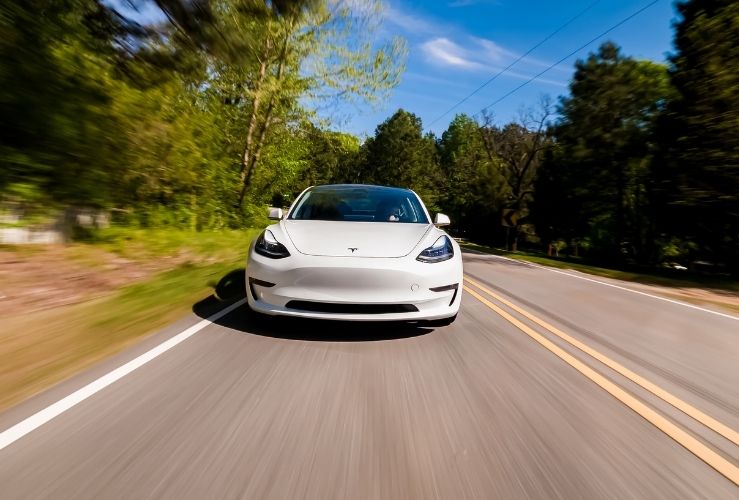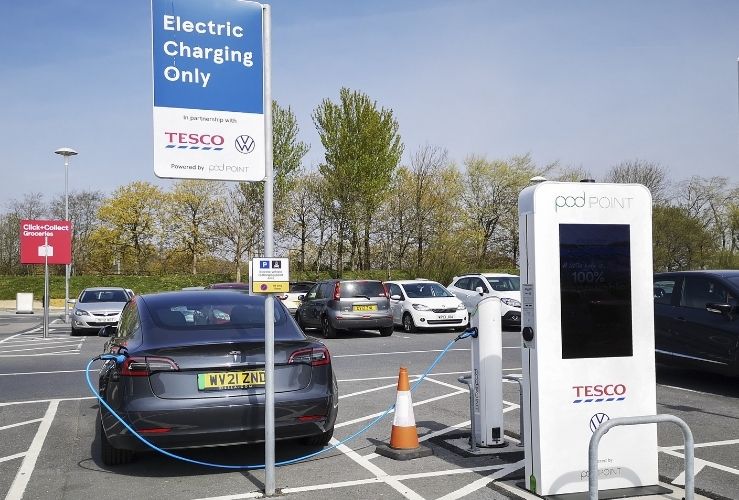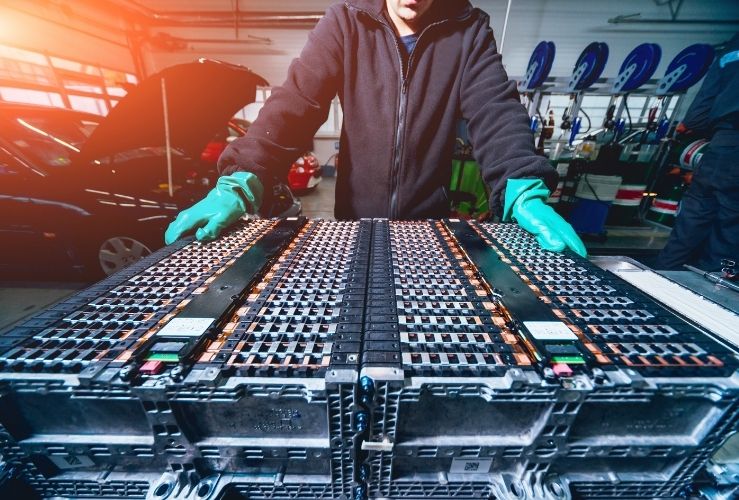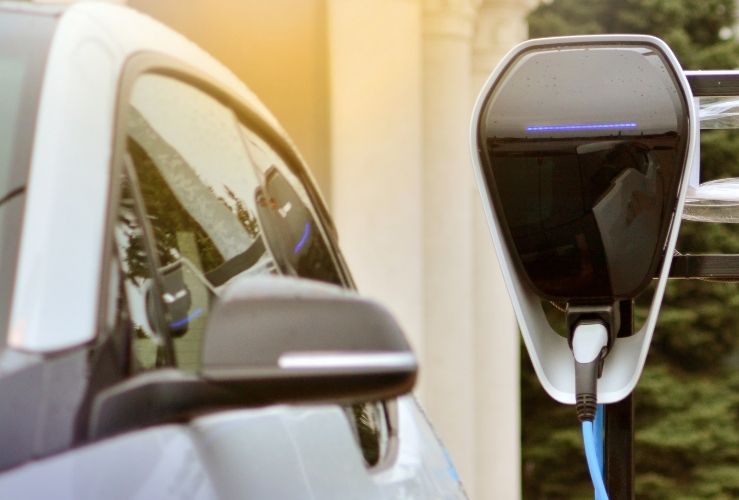One of the biggest stumbling blocks to mass adoption of the electric vehicle is range anxiety. In essence this means people are put off buying an EV because they believe it will only go a short distance before needing a recharge.
Allied with this concern is a perceived lack of charging capacity; motorists don't want to find themselves low on charge and unable to find a charge point.

Credit: Tierney - stock.adobe.com
For those who bought an electric vehicle 10 years ago, these worries were more than valid. But both range and charging infrastructure are being improved all the time. After over a century of the combustion engine, making the switch from fuel pumps to charge points is understandably time consuming and costly - but good progress is being made.

Credit: Jackie Davies - stock.adobe.com
EV battery improvements
EV battery range has almost doubled in some models over the last decade. For example, the 2011/12 model of the Nissan Leaf could manage just 73 miles before needing a recharge. Today, the latest model boasts a range of 226 miles.
Tesla has always been ahead of the EV (battery) pack in terms of range. Its "entry-level" Tesla Model S 60Kwh model had a range of 208 miles in 2012 - more than double that of the 2012 Nissan Leaf. Today, a top-of-the-line Tesla Model S Long Range can run for 390 miles without needing a top-up. But that record will be smashed by the Lucid Air, which will have a range of over 500 miles when, and if, it is launched later this year.
Discover the top 10 EVs with the longest range
Of course, not all EVs have seen their range extended. The Smart EQ ForTwo Electric Drive has a range of just 58 miles. Given it was designed for short city commutes this range is acceptable - although it would be near-useless for longer trips.
How do long range EVs compare to fuel-based cars?
EVs have some way to go to beat the longest-range fuel-based cars. Of these, diesels and hybrids dominate. The longest range fuel-based car is the diesel 2018 Jaguar XF 20d, which boasts 731 miles of range - almost double that of the latest Tesla Model S.
But what about mass-produced cars? The most popular small car in the UK is the Ford Fiesta, which has a range of around 384 miles. By comparison, the latest Nissan Leaf has a range of 226 miles.
So as a rule of thumb we can say fuel-based cars still have around double the range of EVs, whether high-end or mass-production vehicles. However, for most driving days, the latest EVs offer a usable range.
Urban commuting vs long distance driving
For those with modest commutes, most EVs offer sufficient range. But for those who undertake longer journeys, needing to recharge regularly may be less convenient.
EV charging levels and range
Needing to re-charge your EV will arguably matter less if it can be done quickly. Right now, there are three main types of charging level: 1, 2 and 3. Level 1 120-volt chargers deliver just 2-5 miles of range per hour; while Level 2 240-volt chargers give up 20 miles of range per hour. But the future lies with Level 3 and beyond; these 480-volt DC chargers can deliver 60-80 miles of range in just 20 minutes. That means in the time it takes to grab a coffee at a service station, your EV should have enough juice to continue your journey.
In short, as charging systems get faster and more convenient, range constraints will become less problematic.
The same is true for those who can charge their EV at home in the evening; plugging in will become routine.
How to improve your EV's range?
With careful driving and good maintenance, you can ensure you get optimal range from your EV.
- Drive under 60mph - the US Department of Energy states you'll use 14% less energy by reducing your speed by 10%.
- Take an energy-saving route - opting for B-roads rather than motorways will help you keep your speed down and save electricity.
- Drive smoothly - take it easy when accelerating, or your battery will drain faster.
- Optimise regenerative braking - use your EV’s energy-recovering regenerative braking function at its maximum setting.
- Ensure tyres are optimally inflated - improperly-pumped tyres lead to excessive energy consumption, and premature tyre wear.
- Lay off the heating and AC - excessive use of these will drain your battery quicker.
- Remove any unnecessary weight - as with fuel-cars, the lighter your EV, the lower the energy consumption.
- Start your journeys with a full battery - time your re-charge so that your battery is fully topped-up by the time you're ready to go. If you unplug your car ahead of time, it will lose a few miles of range as it self-discharges.






